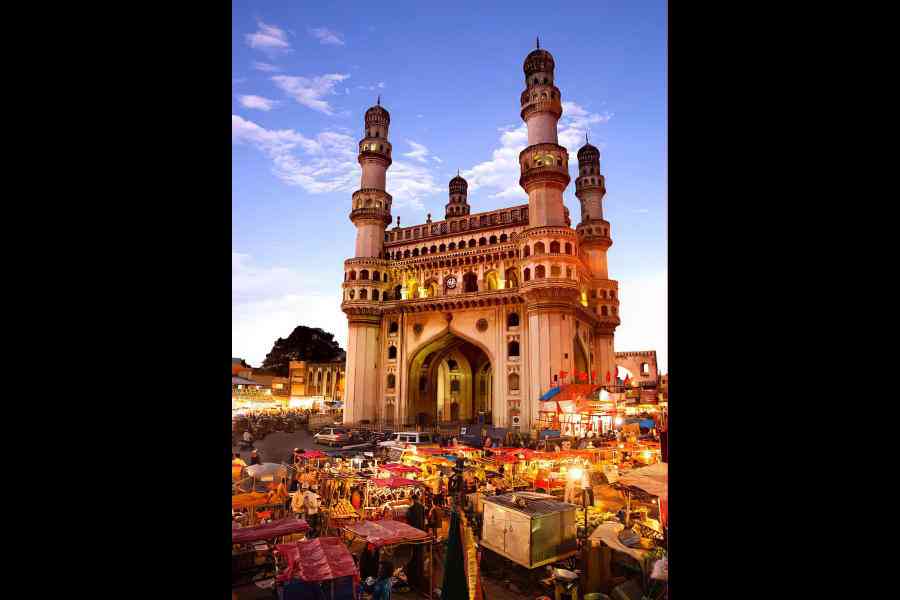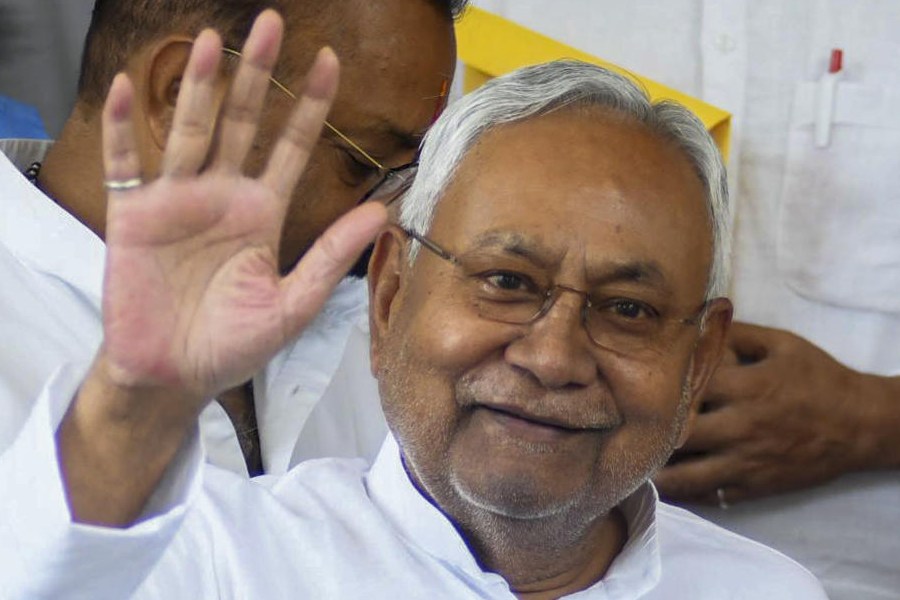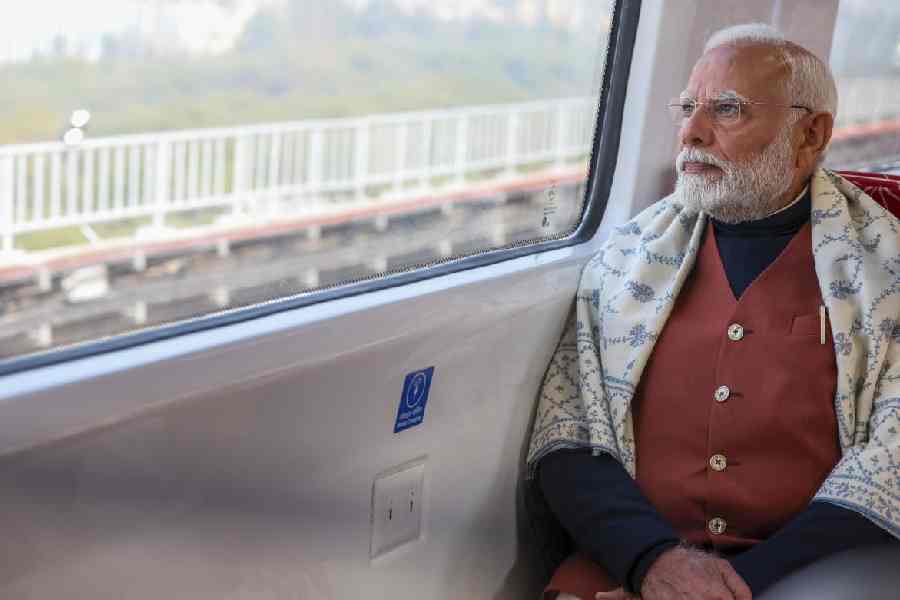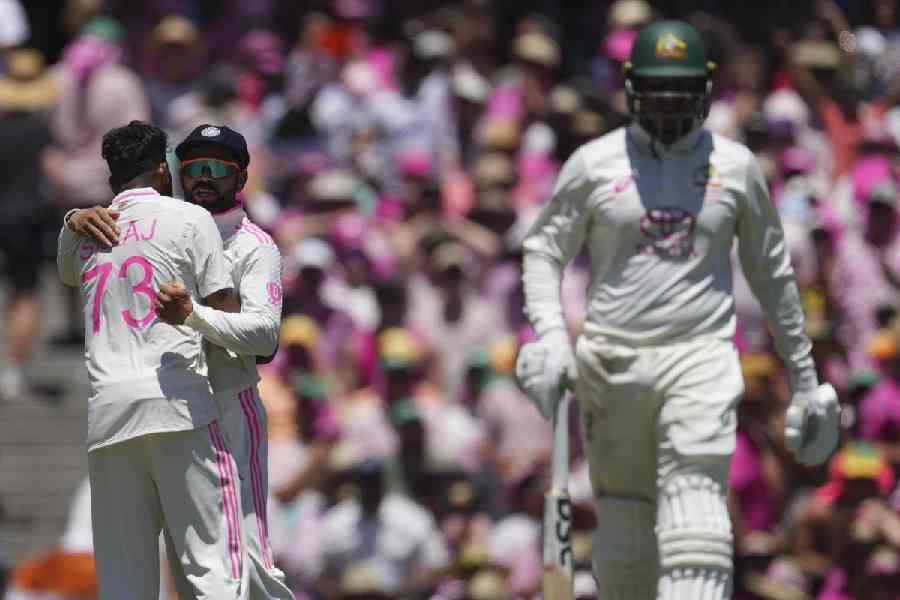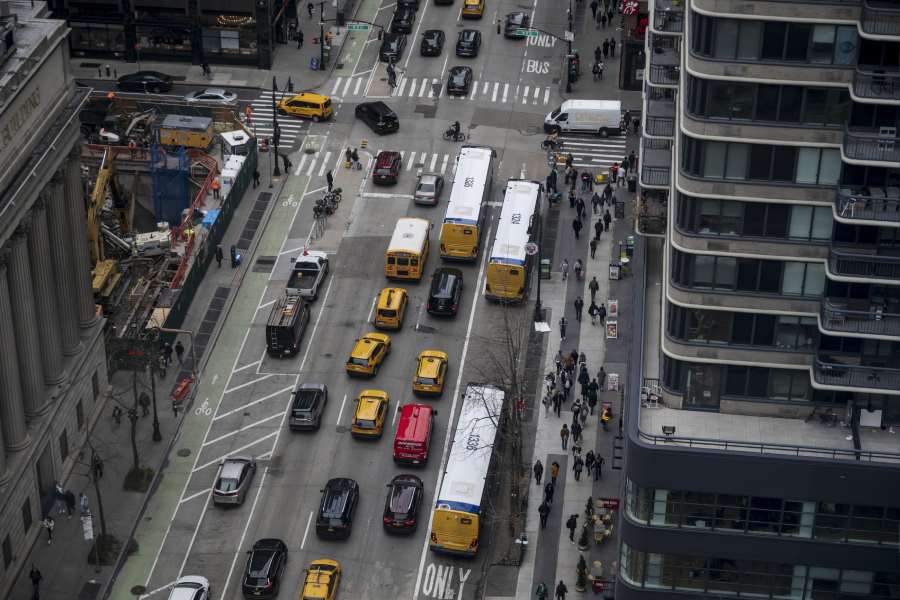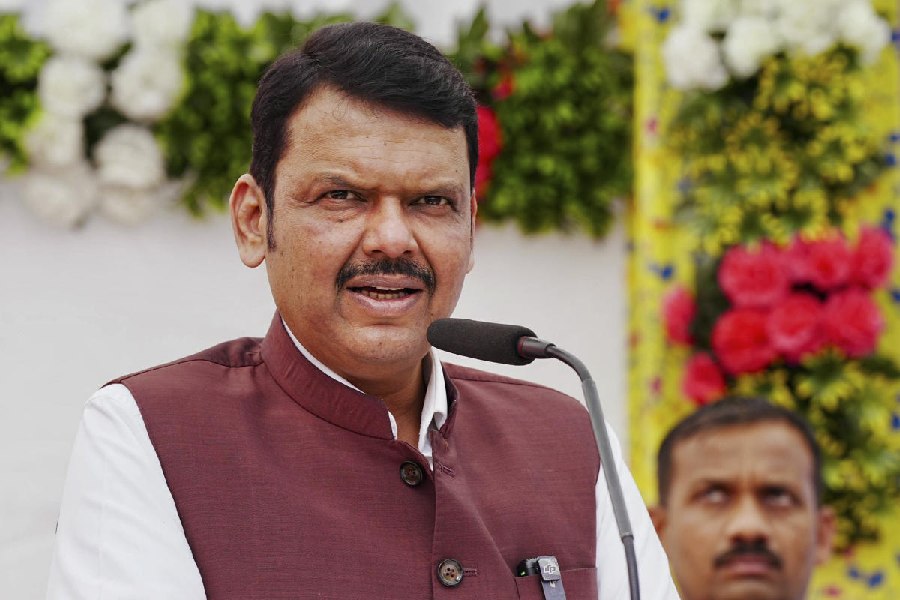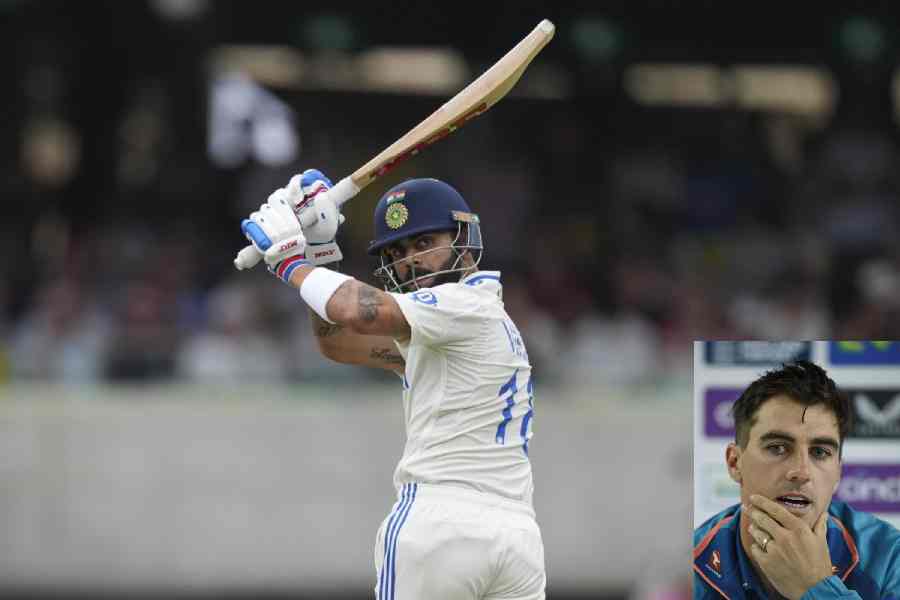Book: BEYOND BIRYANI: THE MAKING OF A GLOBALISED HYDERABAD
Author: Dinesh C. Sharma
Published by: Westland
Price: Rs 799
Much like other fabled cities the world over, Hyderabad has been stereotyped as well. Dinesh C. Sharma combats this stereotypical gaze, celebrating Hyderabad’s transformation from 1908 through to 2022 in three meticulously researched sections. Given the overwhelming array of factors that must be considered while describing a city’s metamorphosis from being a landscape that was faced with a myriad challenges — from sanitation to the need to attract industry — to its modern avatar, Sharma has presented Hyderabad’s story effortlessly.
In the Introduction, Sharma notes that while the city’s cultural history has been shared aplenty, what helped manoeuvre it into its modern form was a gap he wanted to fill with Beyond Biryani. Consider Hyderabad’s legacy in the study of and the advancements in medical science. Born in Almora in 1857, the 1902 Nobel laureate in Physiology or Medicine, Ronald Ross, who won the coveted prize for his work on malaria, owes his debt to Hyderabad. Sharma writes, “Ross does not mention in his memoir nor do his biographers, but other accounts mention that patients for these blood-sucking experiments in Begumpet Hospital were recruited from the Afzalgunj Hospital, among others.” The Hyderabadi soil did indeed help facilitate a “prize-winning discovery”.
Readers would also find it interesting that the mahua flower (which can “yield not only sugar but also acetic acid and some acetone”) helped boost the “firepower of Allied forces” during World Wars and further attracted proposals for industrial research programmes. Moreover, in “India’s First Vernacular University”, Sharma tells the story of Osmania University, centralising language politics and the unpacking of Centre-state tussles. In “A Beautiful, Healthy and Efficient City”, the contributions of M. Visvesvaraya (whose date of birth, September 15, is observed as National Engineer’s Day in India) in protecting the city from threatening floods are duly acknowledged. The fact that Syed Husain Zaheer worked tirelessly to make space for scientific research in Hyderabad despite formidable logistical and political challenges also fills one with hope and inspiration.
Beyond Biryani may give the impression that it’s most likely to share only IT-related developments in the city. But Sharma does take a holistic approach to present Hyderabad’s kaleidoscopic development. This is laudable. Hopefully, the primer would excite more people to narrate the city’s story. For example, while there’s a dedicated chapter that discusses how everyone turned towards Hyderabad during the Covid-19 pandemic because the city claims “its position as the vaccine capital of India”, a medical expert’s account, scrutinising it from the lens of the “unsteady” vaccine production in the city and the novel challenge that the pandemic posed, offered an interesting, conflicting analysis. Such counterarguments are applicable to the other aspects of Hyderabad that Sharma has summarised in this highly readable and insightful book.

